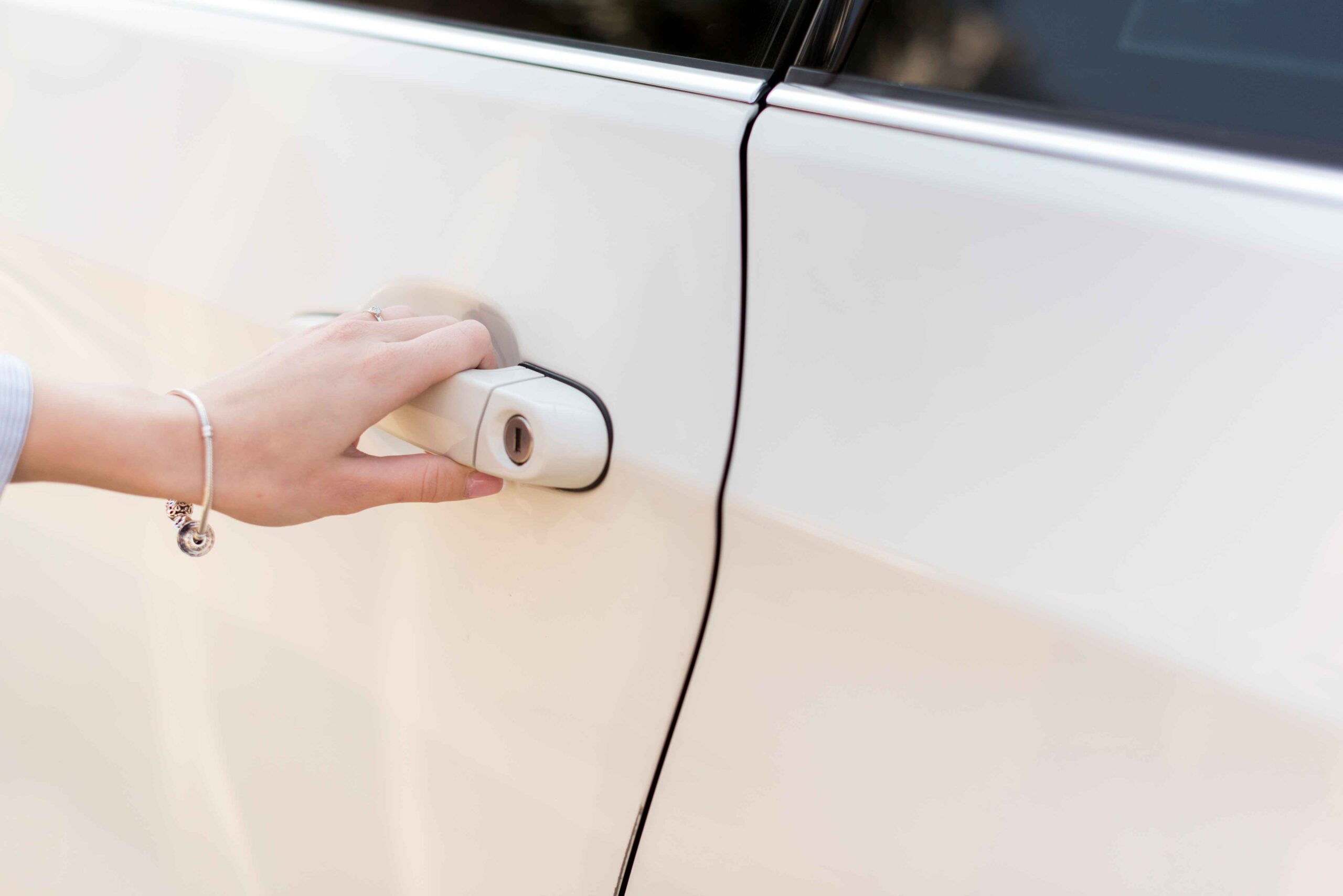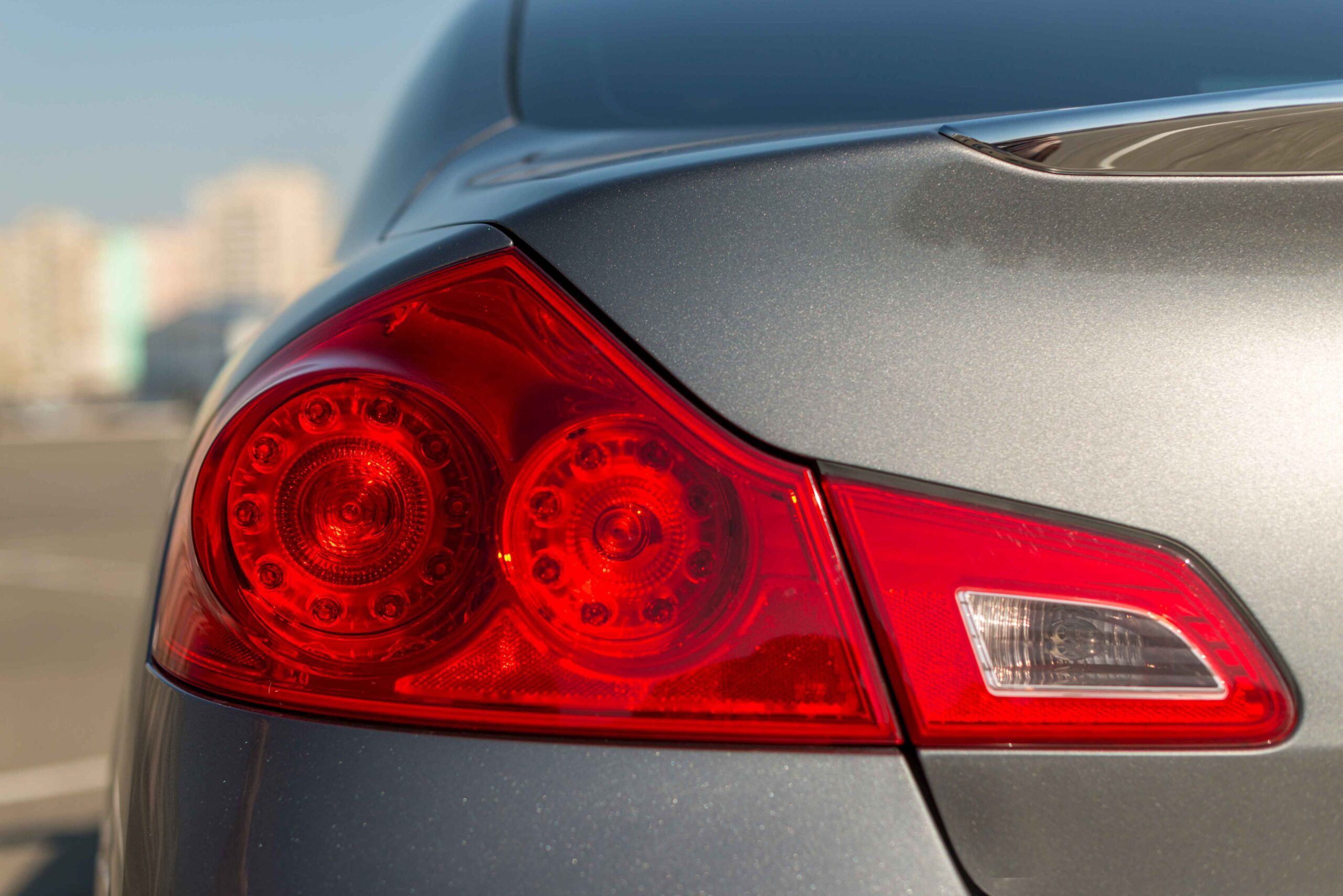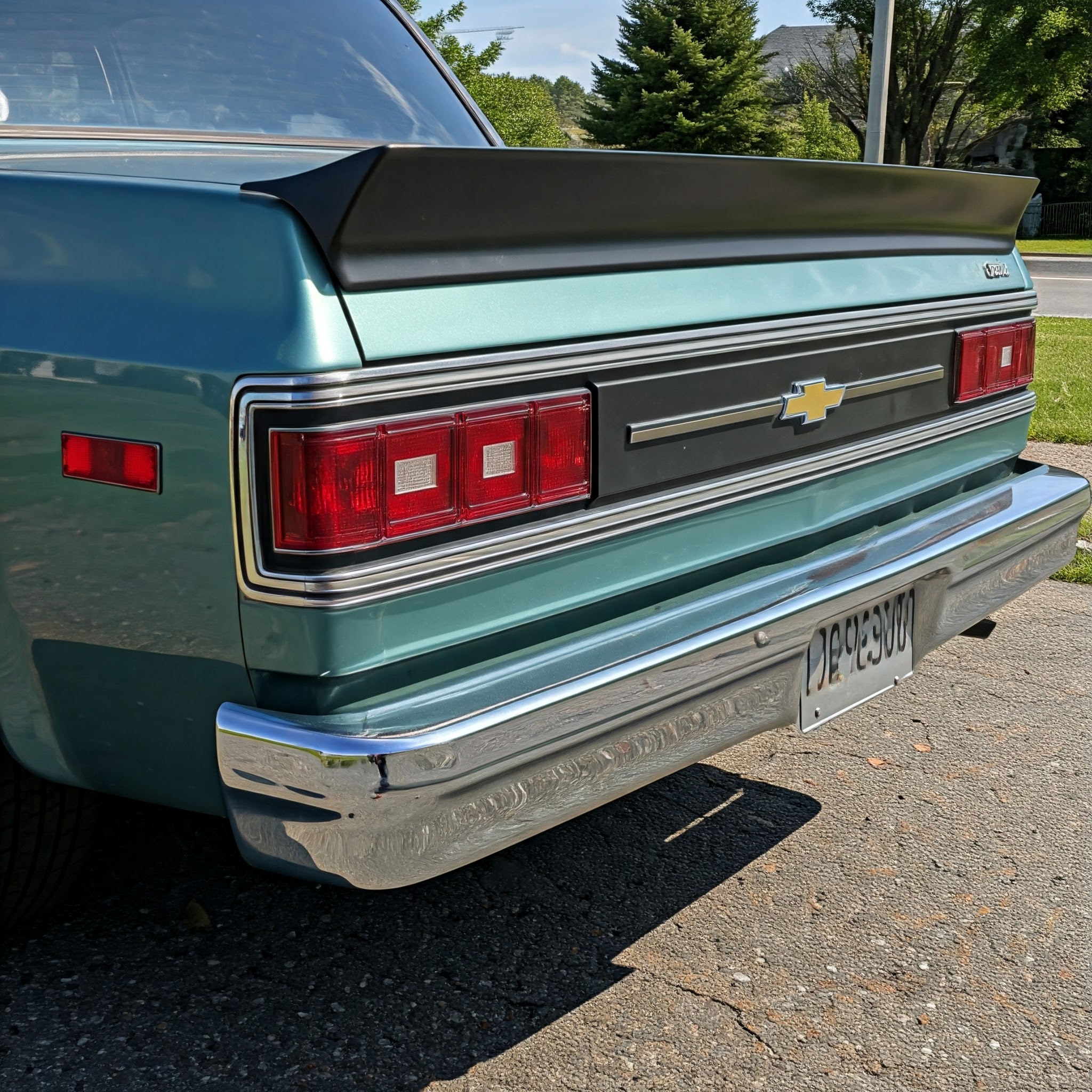Does your car turns off while driving but turn back on again? Well that is quite irritating isn’t it? Imagine you are driving your car on the motorway and then all of a sudden your car just stops moving. However, right when you get to the side of the road is where it begins working again. Of course, such issues can be clearly stressful and irritating.
This is a common problem shared by many drivers, usually associated with electrical or fuel systems. But don’t worry. When there is a reason, there is a solution. It is high time to get to know what can go wrong and how everything can be fixed.
Why Does a Car Turn Off While Driving But Turns Back On?
If your car turns off while driving but turns back on, you’re probably asking, “Why does this happen?” Reasons for such occurrences can vary a lot. Let’s look at some general ones.
Alternator is Weak
The alternator generates power to all the electrical systems found in the vehicle. When an alternator is broken, wearing off, or damaged, a car may lose its energy while being driven. Common issues noticed are somewhat weak headlamps, blinking dashboard lighting or a battery that is flat.
Broken Ignition Switch
Due to a faulty ignition switch, the vehicle’s engine may lose engine ignition. This issue happens due to a switch wearing off for extended time periods in old vehicles.
Fuel Supply System Troubles
For your car to continue operating, there must be a constant supply of fuel pumped into it. A blocked fuel filter or fuel pump issues might break down that supply which can lead your vehicle to stall.
Sensor Problems
Modern cars rely on sensors to manage engine performance. If a sensor like the crankshaft position sensor fails, it can confuse the engine and cause it to shut off temporarily.
Loose or Corroded Connections
Loose wires or corroded battery terminals can interrupt the power supply. When this happens, your car might stall and restart.
What Causes Car to Turn off While Driving?
Here’s a quick table to explain the common causes and how to fix them:
| Cause | Signs | Solution | DIY Fix? | Mechanic Needed? |
| Failing Alternator | Dim lights, dead battery | Replace alternator | Yes | Sometimes |
| Faulty Ignition Switch | Engine stalls unexpectedly | Replace ignition switch | No | Yes |
| Clogged Fuel Filter | Loss of power, poor acceleration | Replace fuel filter | Yes | No |
| Bad Crankshaft Sensor | Stalling, engine misfires | Replace sensor | No | Yes |
| Loose or Corroded Wires | Inconsistent power or stalling | Tighten or clean connections | Yes | No |
What to Do If Your Car Turned Off While Driving
If your car turned off while driving, don’t panic. Follow these steps to find and fix the problem.
Test the Alternator and Battery
The first thing to do is to inspect the alternator. Take its Voltage using a multimeter. Its normal range can be anywhere between 13.5 and 15.5 volts, and if it shows below 13.5 while the engine is running the alternator may need replacing. Also, inspect the battery. If the connections appear to be loose, then try to fix them tightly and should remove any corrosion on terminals.
Check the Ignition Switch
It is advisable to pull over if at any time your car stalls when you move the key or if the key feels loose, the switch may be worn out or damaged. Replace it if necessary.
Inspect the Fuel System
Foreign matter within the fuel can lead to the clogging of the fuel filter and resultant cut off of fuel to the engine. Change the filter if it has not been done earlier, for optimal efficiency of the dissolve equipment. If the problem persists you can easily get the fuel pump checked by the automotive expert.
Scan for Error Codes
An OBD-II scanner can be used to check out for any error codes that may point to the problem. If any of the crankshaft position sensor, or camshaft sensor is problematic, it is detected by the scanner. The solution to the problem is to replace the sensor.
Examine Electrical Connections
Look for loose or frayed wires. Tighten all connections and clean any corroded battery terminals.
Preventing the Problem
You can prevent your car from turning off while driving with regular maintenance. Here’s how:
- Test the Alternator and Battery
Check your alternator every six months to ensure it’s working correctly. - Replace Fuel Filters on Time
Change the fuel filter every 30,000 miles to prevent clogs. - Inspect Sensors Regularly
Have a mechanic check the crankshaft and camshaft sensors during tune-ups. - Clean Battery Terminals
Dirt and corrosion can disrupt power flow. Clean the terminals every few months. - Carry an OBD-II Scanner
This small tool helps you identify issues before they get worse.
Common Symptoms of a Car That Turns Off While Driving
Here are some signs to watch for and their possible fixes:
| Symptom | Possible Cause | Fix |
| Flickering lights before stalling | Failing alternator | Test and replace alternator |
| Stalls when slowing down | Idle air control valve issue | Clean or replace the valve |
| Loses power on long drives | Weak fuel pump | Inspect and replace the fuel pump |
| Shuts off in rainy weather | Moisture in ignition system | Dry and inspect spark plug wires |
| Restarts after cooling down | Overheating sensor | Replace faulty crankshaft sensor |
Final Thoughts
When your car turns off while driving but turns back on, it’s more than just an inconvenience. It’s a sign of a problem that needs fixing. Whether it’s the alternator, ignition switch, or fuel system, addressing the issue quickly is crucial for your safety.
If you’re unsure where to start, visit OEM Car Part for the best parts and expert advice. Fixing the problem now will save you time, money, and stress later. Don’t wait—get your car checked today!
FAQs
This usually happens because of a failing alternator, bad ignition switch, or weak fuel pump.
Yes, poor-quality fuel can clog the system and cause stalling.
Signs include dim lights, a whining noise, and a dead battery.
No, it’s unsafe. Pull over immediately and get the car checked.
Temporary fixes like loose wires reconnecting can allow it to restart.







